Last Work (Batsheva Dance Company) ★★★★1/2
Performances by Batsheva Dance Company involve more than movement and choreography. Behind each production is a philosophy, markedly different from the vocabulary, tics, and motifs we expect from choreographers. Ohad Naharin has introduced a revolutionary aspect to the company to which he has belonged for forty-one years (he has been artistic director since 1990). This feature, the system and language of Gaga, intensifies the sense of autonomy among the dancers and also the way they work in unison. Gaga stresses the importance of listening to one's body and its rhythms; the results provide a unique aesthetic and an overall balance.
First, before I talk about the recent performance at the Melbourne Festival, a personal detour. In early 2015 I attended a studio work in Perth at Strut Dance. This involved approximately twenty-five young dancers who had spent ten days or so being schooled in the Gaga vocabulary by a Batsheva trainer. It was exhilarating – unlike anything I had ever seen. The power of the bodies presenting themselves with a heightened confidence that came from their own physical and somatic nervous systems demonstrated the experience, as Naharin puts it, of 'freedom and pleasure'. They were powerful monsters who could leap, personify trauma, and operate in relation to one another, understated and hysterical and even huge as required.
Continue reading for only $10 per month. Subscribe and gain full access to Australian Book Review. Already a subscriber? Sign in. If you need assistance, feel free to contact us.





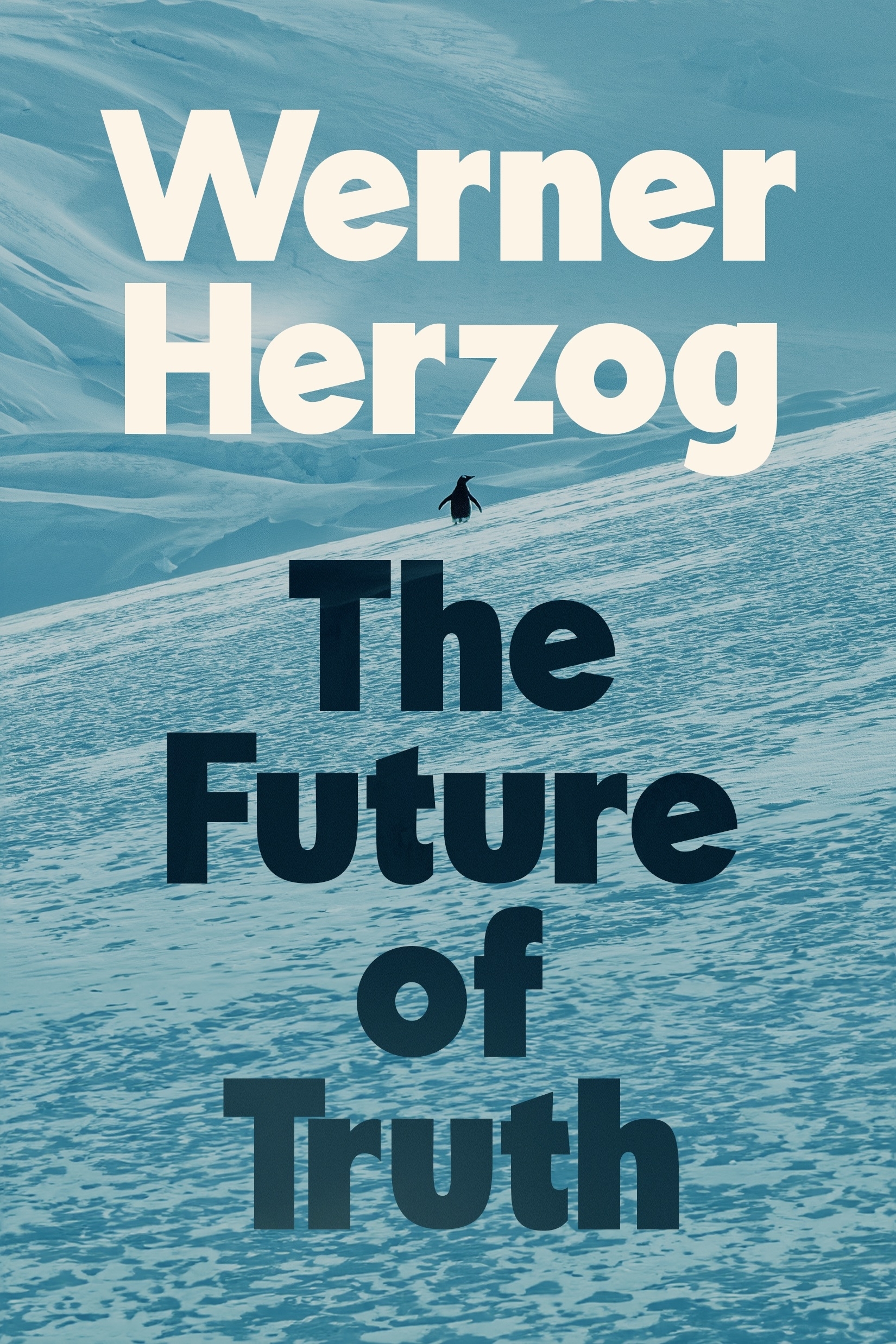
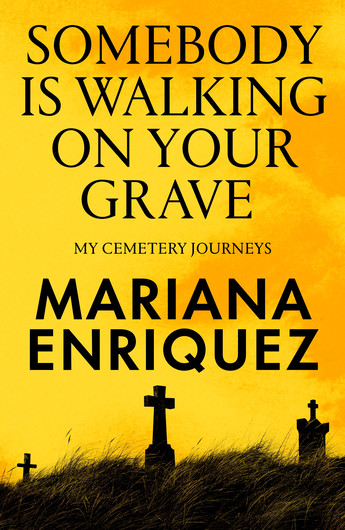

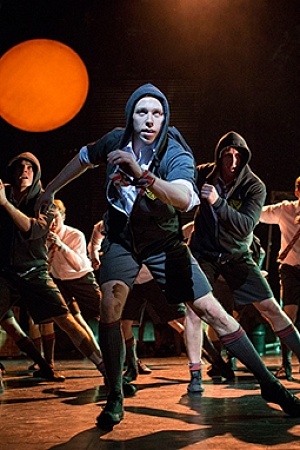
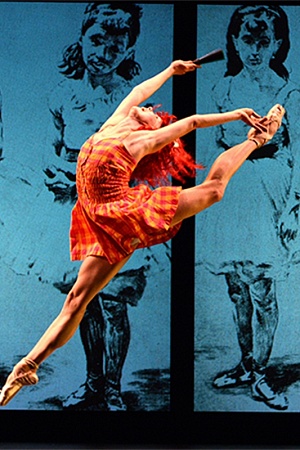
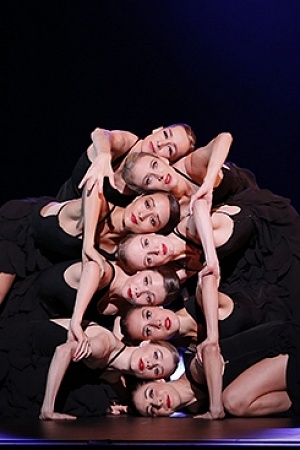
Leave a comment
If you are an ABR subscriber, you will need to sign in to post a comment.
If you have forgotten your sign in details, or if you receive an error message when trying to submit your comment, please email your comment (and the name of the article to which it relates) to ABR Comments. We will review your comment and, subject to approval, we will post it under your name.
Please note that all comments must be approved by ABR and comply with our Terms & Conditions.